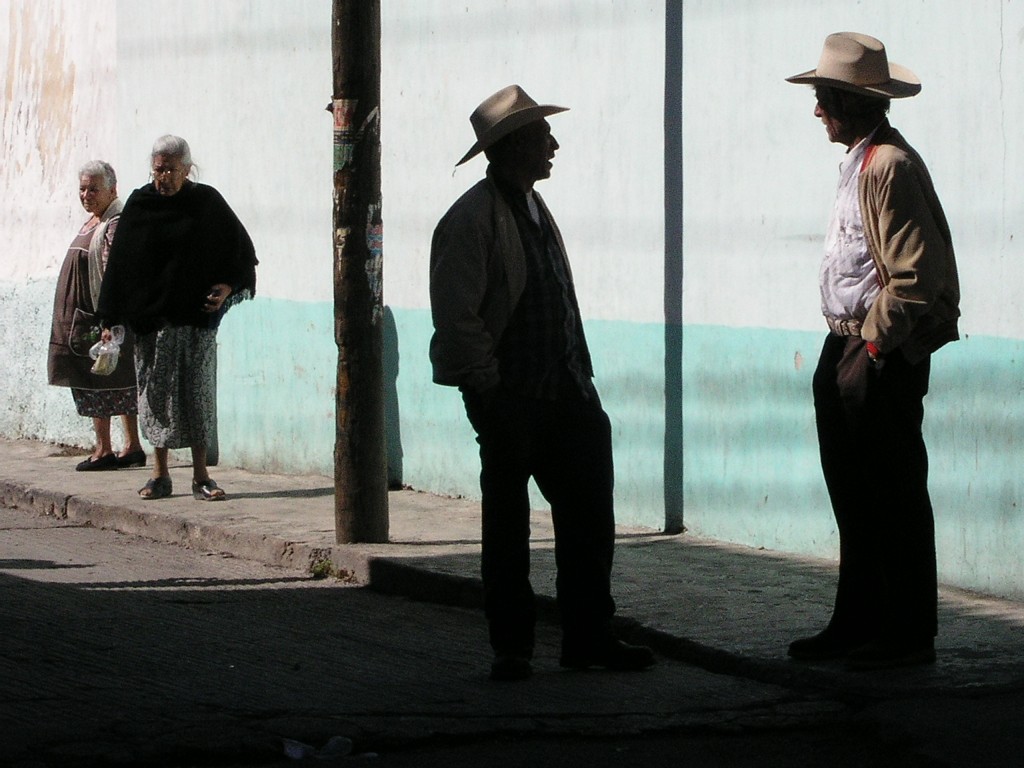Mexican Mafia member Rafael “Cisco” Munoz-Gonzalez was sentenced to life in prison today.
Munoz-Gonzalez was tried on charges that he’d controlled the Puente 13 street gang, ordering gang members to tax local drug dealers in the La Puente area, sell methamphetamine, and attack rivals and even one cooperating witness, who was stabbed 22 times in a jail lockup — all this according to a US Attorney’s report.
His brother, Cesar, was also sentenced to life in prison for running Puente 13 and giving orders on behalf of Cisco, who was locked up until 2008.
The Mexican Mafia prison gang has run its drug-dealer taxation/extortion scheme since the early 1990s. The scheme is as close as Southern California has come to a regional organized crime system.
Truth is, though, it’s not that organized. It’s remarkable that these guys can control Southern Califonria Latino street gangs from prison. The system has broken up the SoCal gang world into little fiefdoms. But it is far from perfect, communication between maximum-security prison cells and the streets being shaky at best.
That and the greed and conniving of Eme members often leads to feuding, plotting, death decrees and betrayal of the kind that would give Shakespeare fodder for a dozen more tragedies.
Cisco Munoz-Gonzalez was part of an earlier Mexican Mafia soap opera. He and Ralph “Perico” Rocha, also an Eme member, were allegedly feuding with the associates of then-influential Eme member, Jacques “Jacko” Padilla, who ran Azusa 13 from his maximum-security cell at Corcoran State Prison.
Rocha and Munoz were supposedly collecting taxes from dealers in Azusa.
Padilla’s wife and liaison to the streets, Delores “Lola” Llantada, went to war with the two carnales. Women liaisons with jailed Eme members have enormous shot-calling power across Southern California. On a couple occasions, I’ve thought they were as powerful as the local mayor.
jailed Eme members have enormous shot-calling power across Southern California. On a couple occasions, I’ve thought they were as powerful as the local mayor.
But this was the first example I’m aware of in which a woman actually ordered hits.
Anyway, a big RICO case came down, brought against Llantada and others in her crew.
Llantada and her cohorts are now doing lengthy prison terms. Padilla has since dropped out of the Eme, and is a genial chap, as I found when I interviewed him a couple years ago.
Now the brothers Munoz-Gonzalez are going away forever.
As the world turns, Mexican Mafia style.
Now, as an antidote to this grim stuff, here’s one about stuff to do in LA — Oaxacan basketball and photgraphy.
Keep scrollin’ down…..:)
Photos: Rafael “Cisco” Munoz-Gonzalez and Delores “Lola” Llantada


































